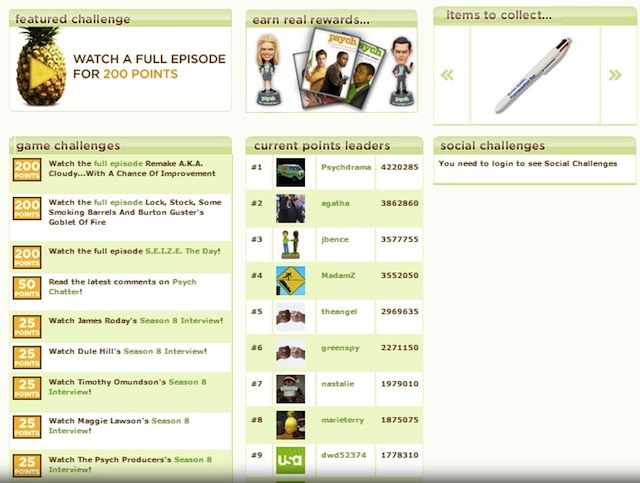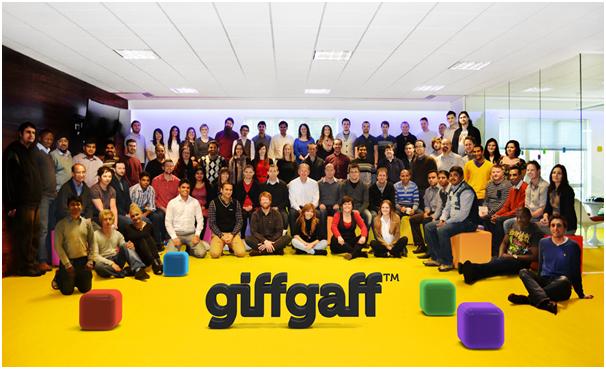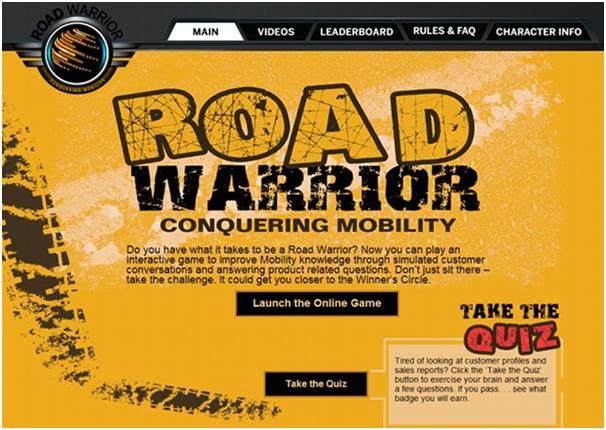More than 100 years ago, during a visit to one of the many factories he owned, Charles M. Schwab took a piece of chalk and proceeded to draw a large number “6” on the floor for all the employees to see. (Why did he do this? I’ll get to that shortly.) Schwab made his money as a pioneer in the steel-making industry, employed hundreds of thousands of workers and built an empire that rivals the biggest corporations of today. During his time as a leader, he had many similar challenges that today’s modern manager or business owner might face, such as motivating employees to reach their full potential in the workplace. On the particular occasion I mentioned above, Schwab had noticed that this factory had the capacity to produce more steel—but that the employees were not motivated enough to do so. He knew he needed to take a new tactic.
The process of making steel is done in “heats.” During this time in history, there was almost an unlimited demand for steel in the marketplace, so a factory’s ability to complete as many heats as possible was paramount. Schwab inquired to one of the day-shift employees about how many heats their crew had completed that day; the employee responded confidently, “Six heats, sir.”
That’s when Schwab got the chalk out.
When the night shift came into work later that day, they quickly inquired about the number’s origin; someone informed them that the big boss had come in that day and asked how many heats had been done, then chalked the response down on the floor. The next day, when the day shift returned to work, the “6” had been erased and replaced with a “7.” The night crew saw the number as a challenge and found the motivation within themselves to produce an extra heat that night. This back-and-forth between the shifts went on for weeks.
Schwab was using a technique called gamification to challenge his employees to achieve more.
Gamification is defined as “the process of adding games or game-like elements to something so as to encourage participation.” In an interview between InformationWeek reporter Debra Donston-Miller and Caroline Avey, director of innovative learning solutions at ACS Learning Services, Avey said:
The idea of game mechanics is taking elements of games and putting them into a normal business process. Game mechanics integrated into applications can be quite sophisticated or very simple. Users sometimes don’t realize they are participating in a game …. Think of a learning module where you have to complete one level before moving on to the next level—that’s a very simple game mechanic called leveling.
Look around you in the break room or in the doctor’s waiting room, or anywhere for that matter, and you might see grown men and women playing games on their phone. What if you could draw employees in with the same enthusiasm and the same commitment they have to “Candy Crush”?
At the U.K.’s Department for Work and Pensions, an online game called “Idea Street” was created and introduced to employees. In the game, employees receive points for innovative ideas, level up as they gain more points and have their names prominently displayed on a leaderboard throughout the company’s communication channels. The game has brought forth 1,400 ideas, 63 of which were implemented. The truth is that employees had fun while directly contributing to a business cause. Perhaps none of these ideas would have been unearthed without this mechanism.
Can gamification also increase employee morale and engagement?
A recent Gallup Poll reported that 71 percent of American workers are not engaged. In case you read that too fast, let me repeat it in another way: Seven out of every 10 people going to work every day in America are not engaged in their jobs. And although there are many factors contributing to the current state, it’s clear that actions must be taken to reinvigorate the workforce. And I think that gamifying certain business activities is one strategy that can spark some much-needed electricity throughout an organization.
Let me be clear: I’m not talking about installing an Xbox or foosball table in the employee lounge. What I am saying is that there is an opportunity to add a new element to your existing company practices and programs. The fun and competitive nature that gamification brings out in people can breathe new life into training and development programs, create fun and exciting mechanisms to track department metrics, and make company bonus programs more visible and interactive, as just some examples. Ultimately, these types of activities will strengthen the good relationship you have with your engaged workforce while at the same time rekindle the competitive spirit of some of your lesser-engaged workers. It might be time to get the chalk out.
For more information: www.eFOURlearning.com
Originally published by Brad Bingham, Brad is an aspiring human resources thought leader who is passionate about organizational behavior, professional development and the art of leadership.
















